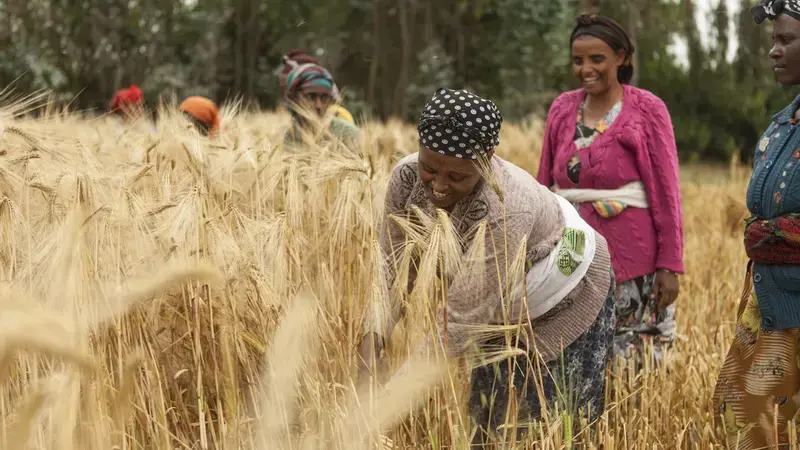Investing in ‘climate-smart’ agriculture
Published Date
October 23, 2016

The Dry Areas cover more than 40 percent of the world’s land surface and are home to 2.5 billion people. These regions are also characterized by poverty, food insecurity, frequent droughts, and widespread environmental degradation. A worrying scenario that will only be compounded by the effects of climate change.
Sustainable intensification of existing agricultural production systems will be critical if dryland countries are to overcome these challenges and produce sufficient food for their growing populations. One key limiting factor will be the availability of freshwater. Dry Areas have less than 8 percent of the world’s renewable water resources and this already limited reserve is being increasingly challenged by rising temperatures, desertification, and groundwater depletion.
Rising temperatures bring another problem – shorter growing seasons. Estimates suggest that if temperatures rise by 4 degrees Celsius vast dryland areas will see their growing seasons reduced by 20 percent.
Rising import dependence
As growing populations generate more demand for food, the capacity to produce staple crops like wheat continues to fall – causing an unhealthy reliance on imports which exposes ordinary people to the vagaries of global commodity markets and threatens a repeat of the 2007/8 food crisis when prices rose suddenly and protests brought widespread insecurity across many dryland regions.
The solution: ‘climate-smart’ agriculture
The solutions to falling productivity are well known – from resilient crop varieties to more efficient irrigation systems and sustainable farming practices. But, adoption also requires new policies and financing to enhance research and development – thereby creating the new innovations that will drive productivity gains; strengthen capacities – targeting farmers through the provision of training and knowledge sharing; and improve technology transfer - so that farmers have access to new innovations and reliable information.
In effect, an enabling environment that supports a new paradigm based on ‘climate-smart’ agriculture – one that is capable of transforming food production so that it can keep up with demand while also protecting the natural resource base that agriculture ultimately depends upon.
Mitigating the effects of climate change
Given that agriculture is also a key contributor to climate change – through deforestation for land cultivation, methane emissions from livestock production, and unsustainable practices – a new production system based on ‘climate-smart’ agriculture will not only help to meet the rising demand for food, but also reduce the sector’s many contributions to climate change and water scarcity. A win-win situation for both farmers and the environment.
